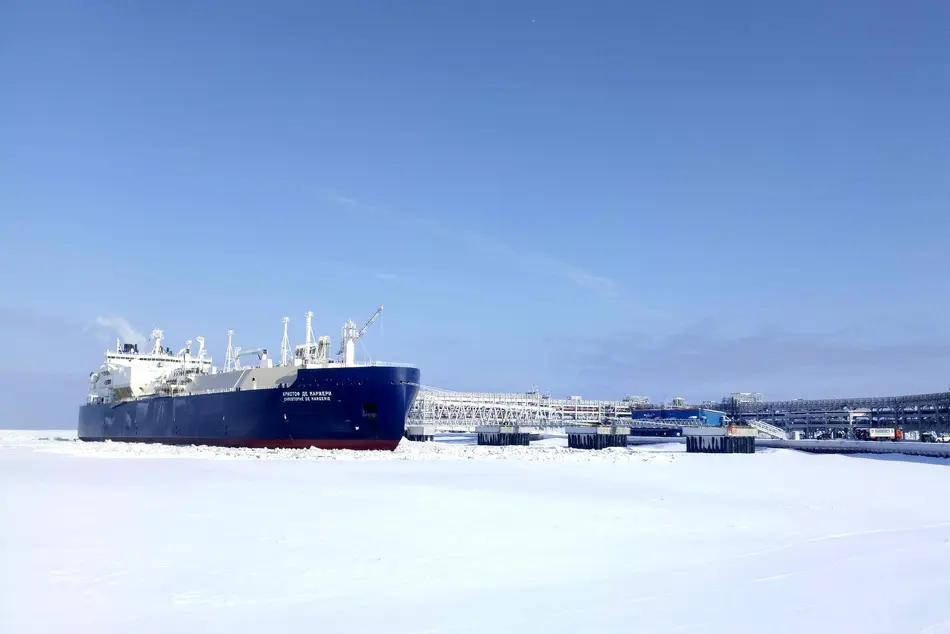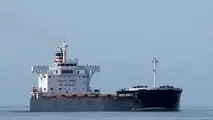Japan and China shipowners open Arctic LNG transport route
Chinese and Japanese marine transport companies are partnering to open an Arctic Ocean route to ship liquefied natural gas to Asian markets, a move that promises to cut transport time by more than half.

Chinese and Japanese marine transport companies are partnering to open an Arctic Ocean route to ship liquefied natural gas to Asian markets, a move that promises to cut transport time by more than half.
The tie-up between Japan’s Mitsui O.S.K. Lines and China Cosco Shipping is partly aimed at diversifying risk, as sailing the icy route comes with many unknowns.
On March 27, the first batch of LNG was loaded onto the tanker Vladimir Rusanov, which was docked at the Port of Sabetta on Russia’s Yamal Peninsula. The 299-meter ice-breaking vessel is owned and operated by the companies on a 50-50 basis.
In winter, the Arctic is covered in ice too thick for the Vladimir Rusanov to navigate. At that time of year it transports LNG through ice-free waters to a transshipment base in Europe. In summer, when the ice thins, the tanker can carry loads from Yamal via the Bering Sea directly to Asia, breaking ice as it goes.
Although the Arctic route has been used by Russian cargo ships bound for domestic ports, the new service is believed to be the first regular international shipping run to use the route. A warming global climate, which has caused the ice to retreat, has made the route accessible.
The main benefit of the Arctic route is a drastic reduction in shipping time to Asia. For the usual route, tankers head out from Yamal, sailing into the Atlantic, through the Suez Canal and on to Asian ports. The trip takes about 35 days. Traveling through the Arctic and the Bering Sea cuts the time to 15 days.
This winter China experienced a serious natural gas shortage, which left homes short of heat and forced factories to shut down. Chinese President Xi Jinping’s drive to cut air pollution by shifting from coal to natural gas caused the shortfall.
In 2017, China burned an estimated 240 billion cu. meters of natural gas, up 10% from a year earlier and nearly twice the volume of five years before. Demand for gas is expected to increase to nearly 300 billion cu. meters by 2020, while domestic production is expected to reach only a little over 200 billion cu. meters. This leaves China no choice but to import more. It is now trying to import as much natural gas as quickly as possible, and Cosco is looking to develop the best routes for shipping LNG.
A key challenge is the lack of information on water depths in the Arctic Ocean, an area that has been little sailed up to now. That increases the risk of vessels running aground. Ships must also be equipped to break up ice in their path. Cosco has teamed up with Mitsui O.S.K. to lighten the risk and investment cost, as well as to take advantage of the Japanese company’s experience in maritime LNG transport.
The companies believe developing the Arctic Ocean route and gaining the know-how to sail in those difficult seas will open up opportunities, such as shipping natural gas from untapped deposits in coastal Russia, Alaska and Canada.
Source: hellenicshippingnews


